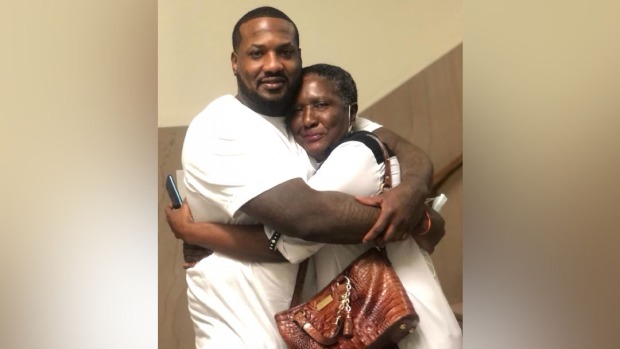Rather than anomalies, wrongful convictions are often the result of official misconduct, according to recent reporting by the Washington Post. More than 50% of documented cases of wrongful convictions between 1989 and 2019 resulted from police misconduct (34%), prosecutor misconduct (30%), or a combination of both.
Citing a recent report by the National Registry of Exonerations, a project managed by three universities, reporters found that U.S. police and prosecutors were rarely disciplined for actions that included planting evidence at crime scenes and withholding evidence from juries.
Due to the efforts of lawyers with the Innocence Project of Texas, a nonprofit that fights wrongful convictions, Tarrant County courts may soon exonerate an innocent man of one charge of capital murder. On Thursday, Willie Thomas, a Black man, was released on bond after being falsely accused of murdering a local club owner in 2009. He was convicted in 2011 and given a life sentence without the possibility of parole.
Thomas’ release came after DNA evidence was reinterpreted using more advanced and accurate methods, according to a press release from the Innocence Project.
“Advances in science contribute to the accuracy of verdicts and help us seek justice for the wrongfully convicted,” said Mike Ware, executive director of the Innocence Project of Texas.
Thomas’ conviction was largely based on statements from two men, referred to in court documents by their last names only, Morgan and Odom, who were involved in the robbery that led to the club owner’s death. As part of a plea bargain that lowered their sentences, they agreed to testify against Thomas.
“Witnesses at the club were not able to positively identify Thomas as being present at the crime,” a public statement by the Innocence Project read.
At Thomas’ trial, a gun recovered at the scene provided DNA evidence that could not be conclusively tied to him, but a forensic DNA analyst testified that he could not be ruled out as a suspect.
On November 8, 2012, Thomas’ appeal was denied by Tarrant County’s 297th District Court. According to court documents from the time, Thomas questioned the validity of testimony tied to plea bargaining and the lack of strong evidence tying him to the gun that was used in the murder.
“Thomas argues that the evidence is insufficient to show that he was the shooter,” the appeal summary reads. “He asserts that because Odom and Morgan were accomplice-witnesses, their testimony must be questioned.”
Lucian Dervan, an attorney and law professor, recently argued in the online magazine For the Defense that an overreliance on plea bargaining is damaging the U.S. criminal justice system.
The practice of offering reduced sentences for guilty pleas is rooted in a “corrupt system that existed during [early 20th century], when prosecutors and judges began selling reduced sentences,” Dervan writes.
The lawyer organized an experiment in 2013 in which participants were told their innocence or guilt before being offered a bargain in return for confessing to an alleged offense. The study found that 56% of the innocent participants were willing to provide false confessions.
Thomas’ 2011 conviction relied on the type of testimony that Dervan sees as unreliable. An overreliance on plea bargaining testimony and confessions diminishes a court’s reliability, fairness, and credibility, Dervan writes.
Tarrant County’s DA, according to a spokesperson with Texas’ Innocence Project, does not support the immediate exoneration of Thomas but rather the option of allowing his retrial, meaning he may have to relive the trauma of returning to the same court system that, according to Innocence Project, falsely convicted him one decade ago.
One person with intimate knowledge of the exoneration process told us on background that gaining freedom once new evidence is found can sometimes take nearly a decade. Under common practice, inmates wait in jail or prison until their innocence is proven or until a judge finds sufficient evidence to release the inmate while the case is resolved.












